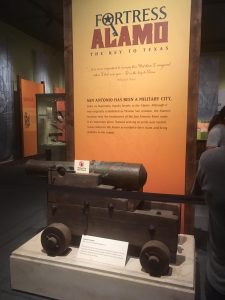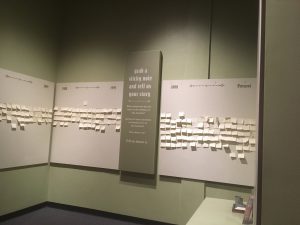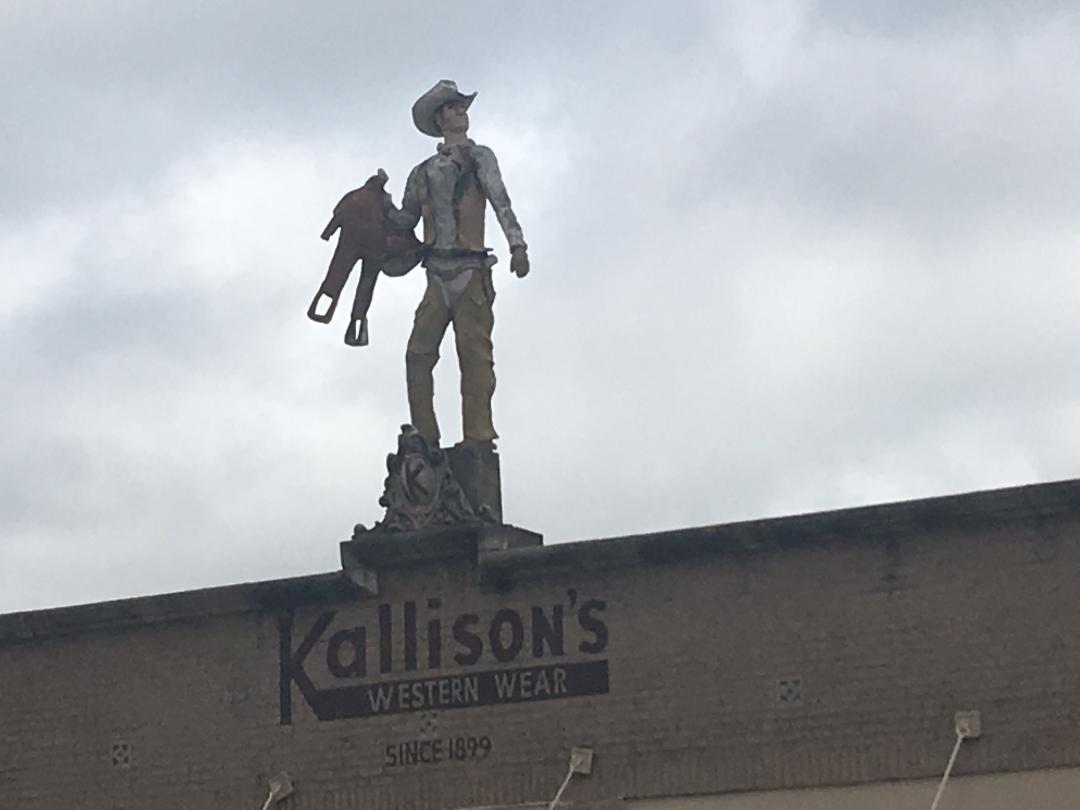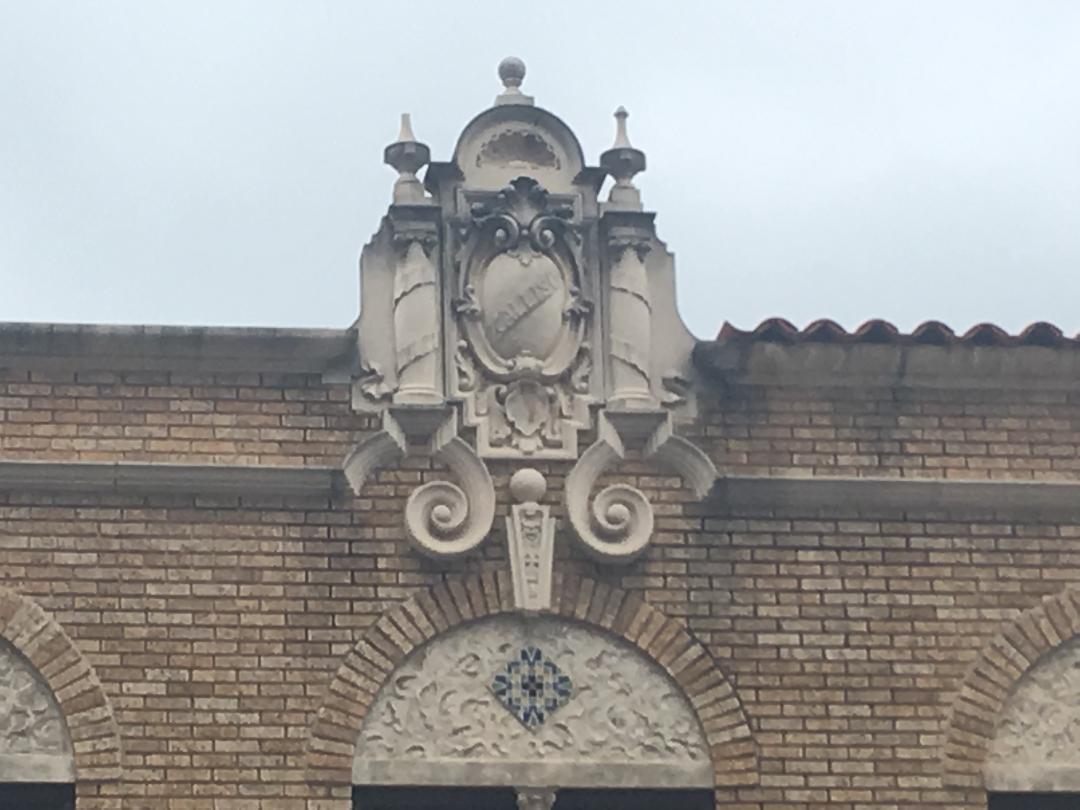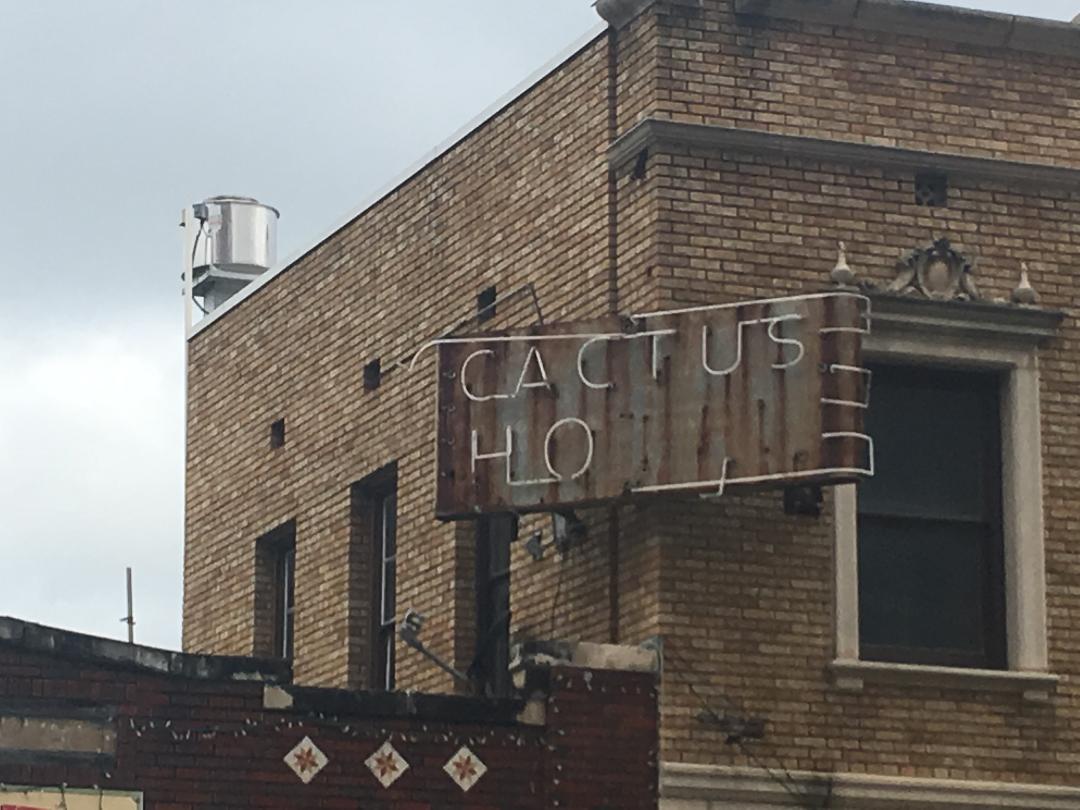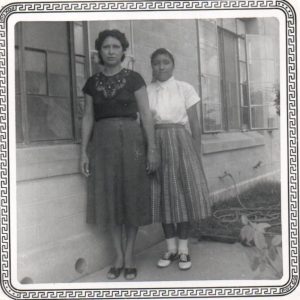The Lost Museum, https://lostmuseum.cuny.edu/index.php . Created by The Graduate Center, City University of New York, in collaboration with the Roy Rosenzweig Center for History and New Media George Mason University Supported by a major grant from the National Endowment of the Humanities. The original Executive Producers of the project were Andrea Ades Vasquez, Joshua Brown and Roy Rosenzweig. Reviewed Feb. 22, 2019.
The Lost Museum recreates the PT Barnum Museum of the 1800’s that was destroyed in a fire on July 13, 1865. This digital project recreates the inside of the museum three-dimensionally based on illustrated guide books from the 1850’s. When you open the website, a quick two-minute video captures your attention and leads you to four basic options which allow you to explore the digital museum, attempt to solve the mystery of who set the fire, search the archive for information, or go to the classroom section to consider looking at activities to provide students.
Exploring this digital museum is fun although the technology feels dated. This is likely a challenge that all digital projects will face. For example, you can click on an image and zoom in but when it comes to user experience, most digital natives will expect a smoother up to date technology experience. It would be better if this functioned more like an Omeka site that could then source an image and provide context instead of just a 3D rendering. In order to attempt to solve the mystery, a visitor would have to log in which is a barrier to entry. I am not sure why the creators of the site required a log-in for this portion and I know that is something that will serve to push visitors away from that function.
The archive allows the visitor to browse topics, sources and images which was the most engaging part for me. I’m not a teacher, but I liked looking at the activities and essays about PT Barnum. Although the project team has worked on updating the site for new use of technology, I am concerned that this digital project will become just as much as snapshot of early 20th century technology as much as the specific subject matter. I feel like the major collaborative piece of this project is in getting visitors to sign in and look at evidence of those who might have been responsible for setting the fire to the museum. The audience for this project is more focused on educators and those interested in PT Barnum. It is an excellent tool for educators to refer to and utilize.
This digital project challenges viewers to imagine what it must have been like visiting this type of museum in the mid 1800’s. I feel like the archives portion provides context to the nature of the space and times but from a 2019 perspective, I feel that it could be maintained and updated. For example, this could compare movie reviews for the Greatest Showman with actual reviews of PT Barnum’s show from newspapers to see how close the movie got to historic reality. This project provides a successful 3D recreation of the PT Barnum Museum and serves its purpose to help educators make this topic interesting to explore. I feel that the mystery aspect of the website could be updated and engage more of an audience on social media to determine who was most likely to have set the fire. Overall, I rate this project a B+ with an option for an A if it were to be updated to remain relevant to collaborators for years to come.
Imagine if this digital project or something like it became the standard for digitizing and providing resources and collaboration for digital collections for museums in the future so that no future exhibits would be lost to history again.

